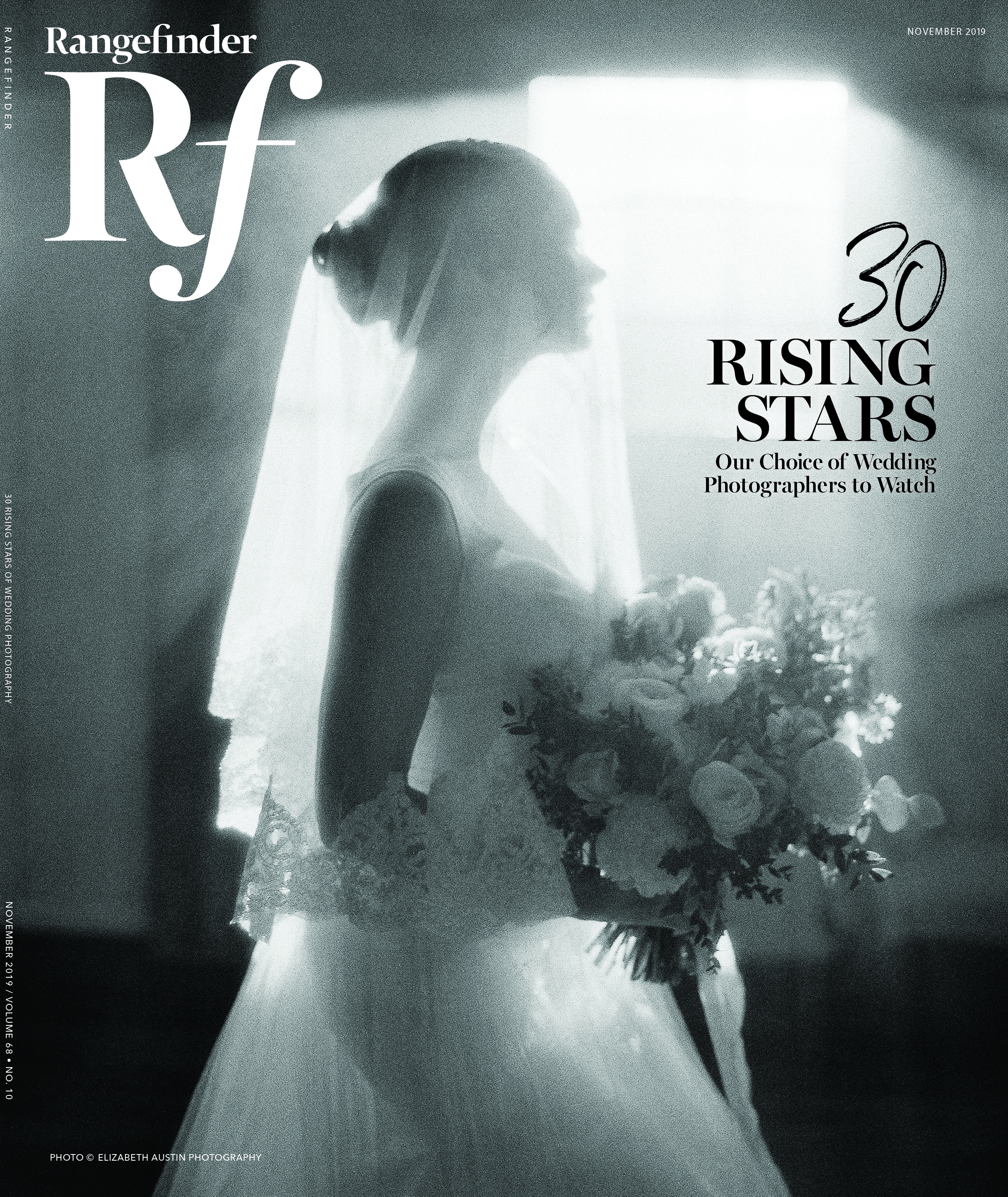Roberto Valenzuela is a Beverly Hills, California-based wedding and portrait photographer who shares his expert advice in his book trilogy: Picture Perfect Practice, Picture Perfect Posing and Picture Perfect Lighting. He is also a veteran WPPI attendee, speaker and Print Comp judge. The following is excerpted with permission from chapter 9, Avoid Mirroring, of Picture Perfect Posing. To see Valenzuela in action, check out his CreativeLive Video Tutorial on Location, posing and lighting.
Avoid Mirroring
From family portraits to wedding party photos, if you stay away from mirroring the hands and feet, your portraits will look more natural and spontaneous.

All photos © Roberto Valenzuela
Small Group
This image clearly displays the effects of mirroring in a group setting. The women in this photo are all bending their arms at nearly the same angle. Even worse, that angle is 90 degrees. There is no denying that the photo appears staged. It is missing that spark that can elevate your work above that of other photographers.
The concept of mirroring does not apply just to feet, hands and arms. It includes heads and torsos as well. Notice how all the bodies and heads of the guests face the same direction. Except for their faces, they are almost replicas of each other. The bride is the only one positioned a bit differently.

For the next image (above), I placed the flower arrangements at different heights and positioned each body at a different angle. I also posed the subject’s heads to point in different directions instead of looking straight at the camera.
Lastly, I said something to make them react with a laugh or a candid smile. Even the way each is holding her bouquet is different. This photo has more heart to it, evokes more emotion and tells you something about their relationships.
The Nose X-Factor
When you’re trying to create a more dynamic group photo, crossing the nose paths of the people in the group photo in different directions will yield a much more stimulating photograph than the traditional pyramid-style group pose in which everyone looks straight at the camera.

In this group photo, I positioned each of their heads to draw your eye to where the bride and groom are standing. I did this without being too obvious about the pattern. The key is to trick the viewer into thinking there’s no pattern, or there must be just enough randomness within the pose to confuse the brain. And there must be enough intention and organization to draw the viewer’s attention right to where you want it. It is a sensitive balancing act. To draw the viewer’s attention to the bride and groom, I began to cross the nose paths of the people surrounding them. People subconsciously look where others are pointing or facing, so I’m using this to my advantage. Because the people at the edges of the photo are turned toward the camera, the nose path crossings are confined to the middle where the bride and groom are standing. This subtlety puts the viewer’s attention where you want it—on the bride and groom. (Still confused? All I do is create a cluster of path crossings zigzagging around my main subjects. Then I simply break that zigzag pattern, usually at the edges.)

Big Group
This image shows each individual from head to toe, so it was important to make sure that the feet, bodies, arms, hands, heads and expressions were all different from one another. Hard work, but the results are well worth it. Naturally, issues surface with posing so many people, each reacting differently to what I said to coax a response. For example, there is a hand appearing out of the man’s shoulder on the left side of the photo. Don’t worry too much about posing perfection. With a photo as fun and unique as this one, no one is going to care much about that loose hand.
By being aware of the effects of mirroring or not mirroring parts of the body, you can push yourself to create something different—something people notice and are willing to pay for.
Related Links:
8 No-Fail Posing Tips for Every Shoot






